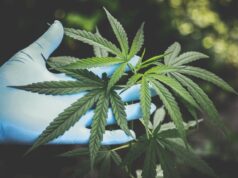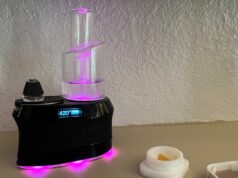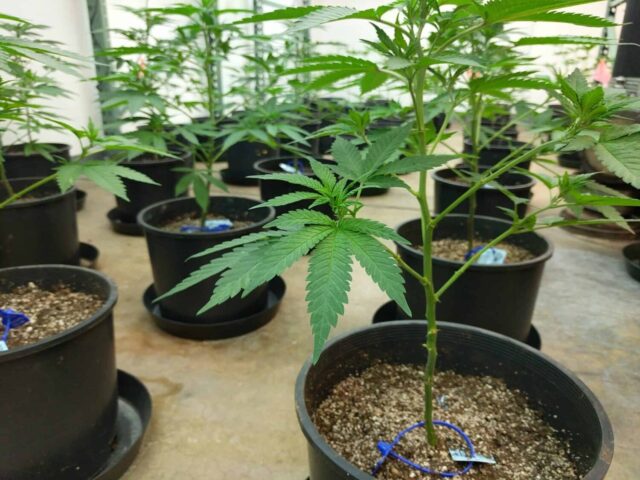
Historically, autoflowering has been a stigmatized practice. Decades passed with people assuming that autoflowering strains were inferior to the more cultivated products that were being generated by other methods of cannabis creation.
Only now is that assumption being challenged by growers all across the country who are reconsidering their techniques to keep up with the rapidly increasing demands brought on by wider and wider spread legalization.
The stigma that has held autoflowering back in the past is gone, but it still needs to earn its place in the greater pantheon of cannabis cultivation. Is it worth to buy autoflower seeds here (https://askgrowers.com/seeds/autoflower), or just a passing fad? Read on to learn everything you need to know about autoflower cannabis seeds!
Where Do Autoflower Seeds for Sale Come From?
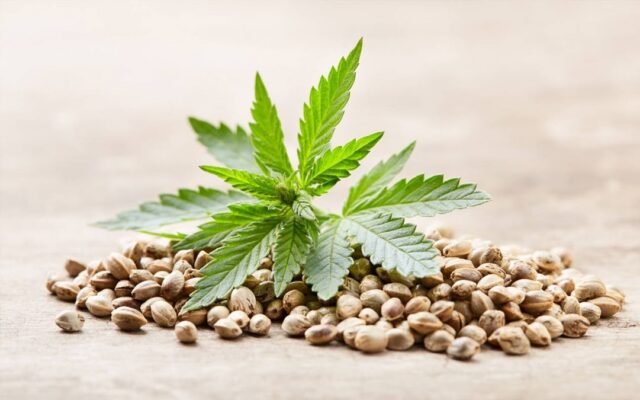
Autoflowering seeds are a relatively recent development that came from hybridizing two relatively obscure strains of Russian cannabis (cannabis ruderalis—a phrase which literally translates into “weed growing on the side of the road”). Experiments using this technique dotted the cannabis landscape for much of the late 70s and early 80s.
However, growers failed to create a product that produced the level of THC most users expect from their cannabis products.
Autoflower seeds USA and Canada alike were considered bunk products until the early 21st century. It was then that a Mexican strain of “weed growing on the side of the road.” Affectionately dubbed, “Mexican Rudy,” this hardy, fast-growing plant was hybridized with Northern Lights to create a strain that was both potent, and durable enough to withstand even very sparse conditions. After all, it takes a hardy plant to grow on the side of the road.
Why Do Growers Prefer Them in Particular?
Autoflowering seeds are used because of their quick seed-to-harvest timeline. The seeds begin to germinate regardless of their exposure to light and water, making them a relatively low-maintenance way to get good bud on the shelf faster.
In a world where more and more states are legalizing cannabis, auto-flowering seeds are a dependable way to keep the growth cycle moving along to ensure that there are no supply shortages.
However, these aren’t “Jack and the Beanstalk” style seeds. You can’t just toss them anywhere and expect a cannabis farm to sprout up by breakfast.
Autoflowering seeds will require careful attention to ensure optimal flower production. The “autoflowering,” element of the process simply ensures that some of the initial groundwork will be a little bit easier going than it otherwise might have been.
Current Situation
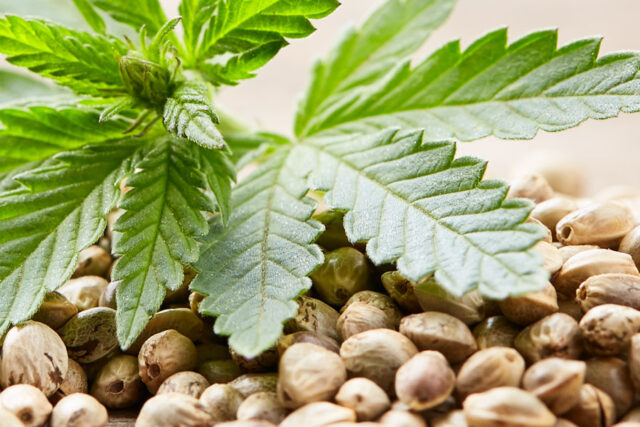
Right now, autoflowering seeds are primarily used by amateur gardeners. People who don’t have a fancy setup or a large field to produce massive yields. Amateurs value autoflowering seeds because they are relatively low maintenance.
The same qualities that allowed these plants to thrive “on the side of the road,” also make them great options for people with limited resources.
As a commercial product, autoflowering seeds are currently mostly ignored for one key reason. They are harder to standardize. Most commercial operations use clones to produce consistent, predictable yields. Autoflowering seeds currently cannot be used in this way, which means they are largely ignored by commercial operations.
However, technology changes all the time. It’s not hard to imagine a not-so-distant future in which autoflowering is both standardized and universalized.
Potency
Though autoflowering cannabis seeds were once thought to be a weaker, inferior product, modern production methods allow this method to produce THC levels of around 27%. Granted, this number is ‘t going to make it the most potent product in the dispensary.
Cannabis can now reach between 30-35% potency. An admittedly slight upgrade, but nevertheless a distinction that may be meaningful to certain consumers.
Are There Any Limitations?
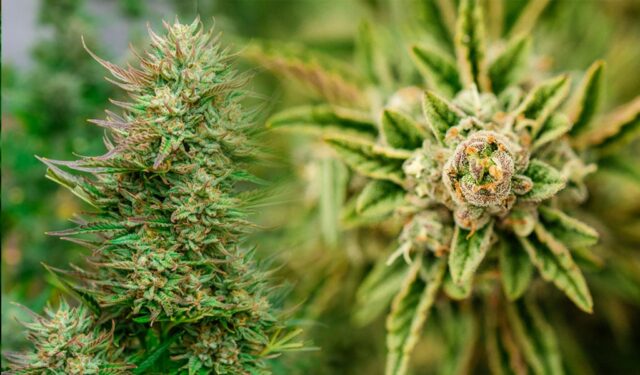
It’s good to be skeptical of a plant that is purposely born of deprivation. Cannabis, like most other consumer-used plants, thrives under very specific conditions. The lighting, feeding and watering processes that have developed over the last few decades are complicated, but they are also the reason why cannabis today is so much better than the ditch weed of the 70s.
However, there is something to be said about the advancement of time and technology. After decades of tinkering, autoflowering seeds are now approximately as potent as any of their competition, and they are much easier to work with.
The economics also lend well to autoflowering seeds and their future in the greater cannabis landscape. Traditionally, farmers who plant in the spring can expect to harvest their cannabis in late summer, or even early fall.
During that time, their ability to produce revenue and sales is virtually non-existent. Autoflowering seeds, on the other hand, bud by July, giving farmers a 6-8 week head start that can translate into big money when it comes to commercial production.
Does this mean that autoflowering cannabis seeds are destined to be the only game in town? Not quite. There are limitations. Other farming and cultivation methods may be better suited for producing cannabis in its most potent forms.
Still, cannabis, like any other consumer product, is beholden to the laws of supply and demand. A good product that lands quickly and in large quantities on shelves may consistently outperform a better product that takes its time getting there.

